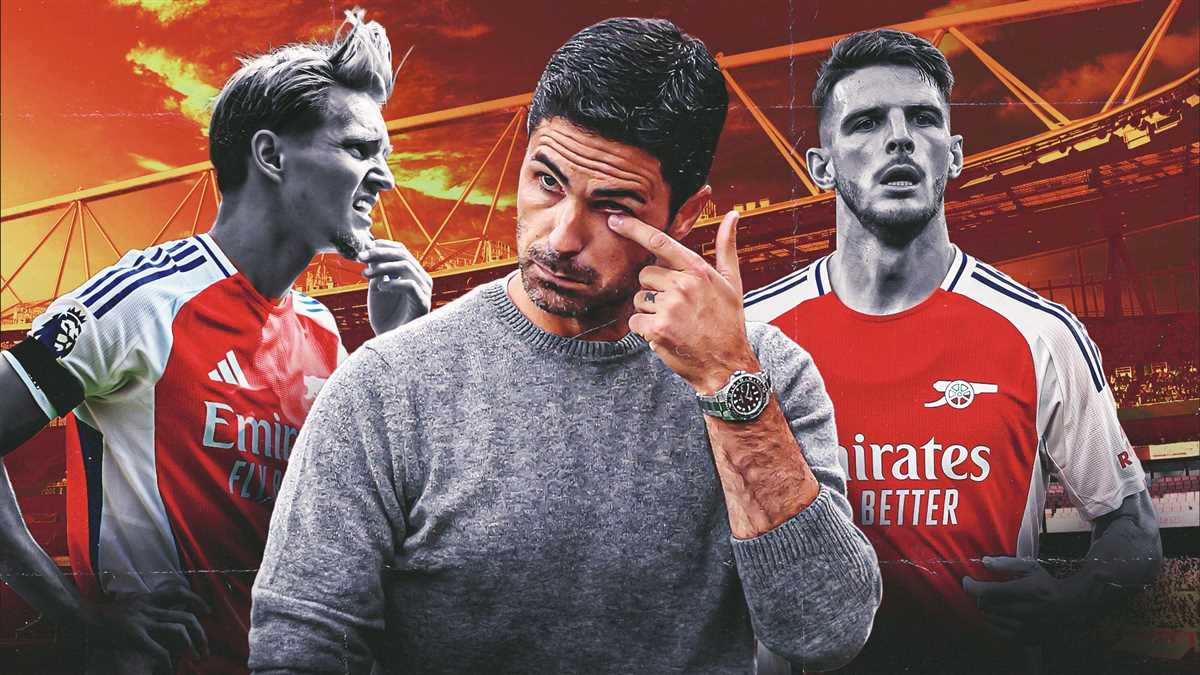In the realm of soccer, every player takes on a crucial role that significantly impacts the team’s dynamics. This segment explores a specific athlete’s contribution, focusing on their designated area of play and how their unique skills and strategies influence the overall performance on the field.
Each individual on the team is assigned a particular function that aligns with their strengths and the team’s needs. The effectiveness of this role is determined by various factors, including tactical decisions, skill set, and positional awareness. Here, we delve into the specifics of how this player’s role integrates within the broader team strategy and contributes to achieving success.
Understanding the intricacies of this role helps in appreciating the athlete’s impact and the strategic importance of their position. By examining their responsibilities and interactions on the field, one gains insight into how they contribute to both defensive and offensive maneuvers, and how their presence influences the team’s overall strategy.
Role of the Player on the Field

The contribution of this individual in the game is multifaceted, encompassing various responsibilities that adapt to the team’s needs. His duties often extend beyond basic tasks, influencing both defensive and offensive strategies. His impact on the field is a blend of tactical acumen and physical prowess, making him a pivotal element in the squad’s overall performance.
In the tactical framework, this athlete frequently operates in a role that balances between defensive and attacking duties. His presence ensures that the team’s structure remains robust, while also providing crucial support in advancing play. The ability to transition seamlessly between roles is a key aspect of his contribution.
| Role Aspect | Description |
|---|---|
| Defensive Contribution | Manages defensive tasks, contributing to the team’s ability to prevent goals. |
| Attacking Support | Engages in offensive play, helping to create scoring opportunities. |
| Versatility | Switches between roles as needed, adapting to different game situations. |
Key Attributes of a Midfield Role

In the realm of team sports, certain roles require a blend of specific skills and attributes that are crucial for effective performance. The role discussed here demands a mix of strategic thinking, physical endurance, and precise execution. Mastery in this role involves not only managing the flow of the game but also supporting both defensive and offensive plays with equal proficiency.
| Attribute | Description |
|---|---|
| Vision | The ability to read the game and make strategic decisions to enhance team performance. |
| Stamina | Endurance to maintain high levels of activity throughout the match. |
| Ball Control | Skill in managing and maneuvering the ball effectively under various conditions. |
| Passing Accuracy | Precision in delivering passes to teammates to facilitate successful plays. |
Strategic Impact on Team Dynamics
In the realm of sports, the strategic choices made by a team’s management significantly influence the group’s overall performance and cohesion. The role allocated to each participant within the squad plays a crucial part in shaping the dynamics and synergy among team members. Understanding how different roles contribute to the team’s objectives helps in enhancing both individual and collective efforts.
One key aspect of this influence is the interaction between different team members, where the distribution of roles can either facilitate effective collaboration or create challenges. The integration of each player’s specific responsibilities into the team’s strategy affects the group’s ability to achieve its goals. A well-balanced setup allows for optimized use of each player’s strengths and fosters a harmonious working environment.
| Role | Impact on Dynamics |
|---|---|
| Defender | Stabilizes team structure and provides defensive assurance |
| Midfielder | Links defense and attack, crucial for maintaining possession |
| Forward | Drives offensive plays and maximizes scoring opportunities |
Ultimately, the strategic impact of each role on team dynamics underscores the importance of thoughtful planning and execution. By aligning individual responsibilities with the overall strategy, teams can enhance their effectiveness and achieve better results on the field.
Comparative Analysis with Other Athletes
Evaluating the performance of various athletes in the same role provides valuable insights into their unique strengths and weaknesses. This comparison highlights how different players excel in particular aspects of their roles and how their skills align with team strategies.
- Skillsets: Each athlete brings distinct abilities to the field. Comparing these skills helps in understanding how individual talents contribute to overall team dynamics.
- Performance Metrics: By analyzing statistical data such as goals scored, assists, and defensive contributions, one can gauge the effectiveness of different players in their respective roles.
- Strategic Impact: Assessing how each athlete influences game strategies and contributes to winning outcomes offers insights into their role’s importance within the team structure.
Such comparative analysis not only underscores individual brilliance but also illustrates how players complement one another within a team. Understanding these nuances is essential for evaluating overall team perform




